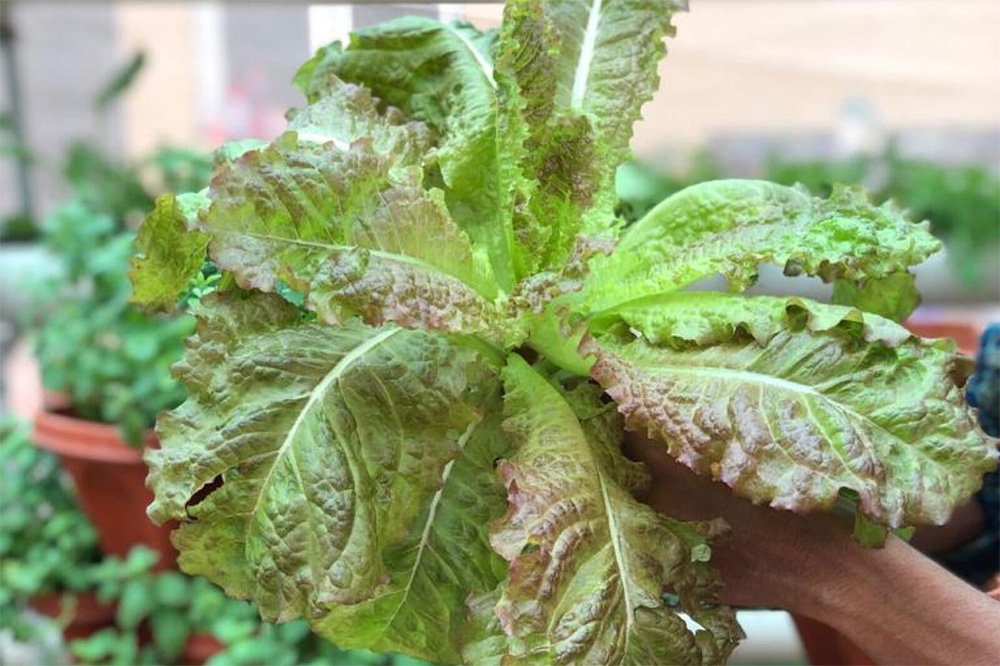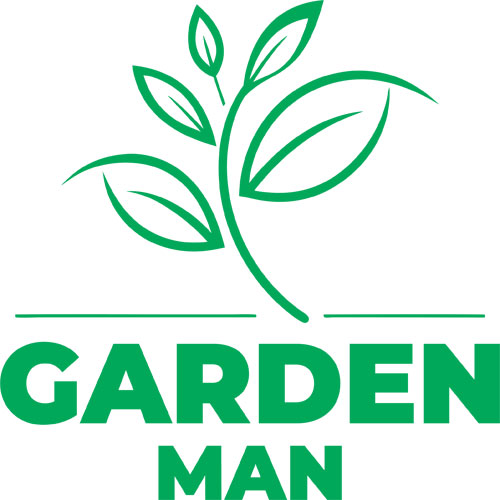News & Media
Stay updated with the latest happenings and announcements from GardenMan
Nutrition deficiency in plants

Apart from pests and diseases, plants can also suffer when they don’t get enough nutrients. In this blog, let’s talk about the common signs of nutrient deficiencies and how to recognize them.
Every plant needs 16 essential mineral nutrients to grow, stay healthy, and complete its life cycle. If even one of these nutrients is missing, the plant’s growth and development can be affected. That’s why it’s important to feed plants carefully and regularly.
Plants can’t speak, but they do show signs when something is wrong. Yellowing leaves, stunted growth, or spots may be their way of saying “I need nutrients!” These are called deficiency symptoms. Sometimes, over-feeding (too much fertilizer) can also cause problems — this is known as toxicity.
What makes it tricky is that different nutrient deficiencies can look very similar. In such cases, observing where the symptoms first appear — on old or new leaves — can help find the real cause.
Mobile nutrients like Nitrogen (N), Phosphorus (P), Potassium (K), Chlorine (Cl), Magnesium (Mg), and Molybdenum (Mo) can move from older to newer parts of the plant. So, if the plant lacks these nutrients, the older leaves show symptoms first.
Immobile nutrients like Sulfur (S), Boron (B), Iron (Fe), Zinc (Zn), Calcium (Ca), Copper (Cu), Manganese (Mn), and Nickel (Ni) can’t move inside the plant. So, their deficiency appears in the newer leaves or growing parts first.
Understanding these signs can help you take better care of your plants. Remember, healthy nutrition means happy plants — and a greener, more vibrant garden!
